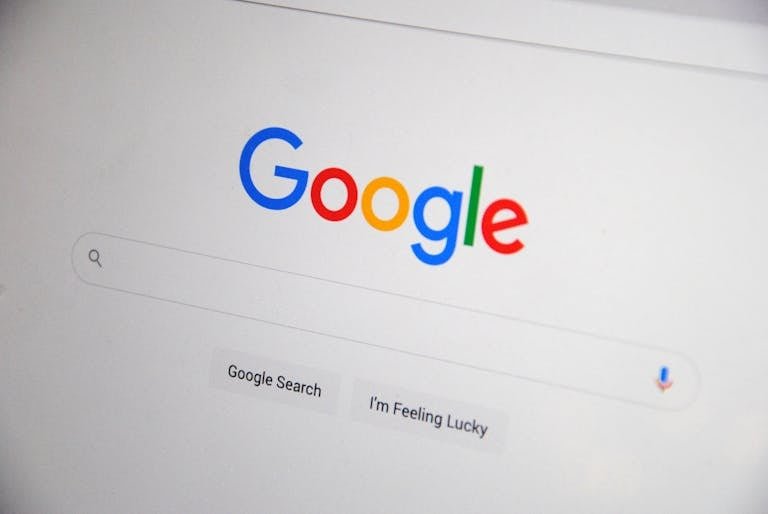On-Page SEO Essentials: Optimizing Your Content for Google
On-page SEO is the practice of optimizing individual web pages to rank higher in search engine results and attract relevant traffic. It focuses on both the content and HTML source code of a page. Mastering on-page SEO is crucial because it helps search engines understand your content and improves the user experience.
What is On-Page SEO and Why It’s Important
On-page SEO includes all measures that can be taken directly within your website to improve its position in search rankings. This contrasts with off-page SEO, which involves external signals like backlinks. When done right, on-page SEO helps:
- Search engines understand your content topic and relevance.
- Improve user experience and engagement.
- Increase the likelihood of ranking for targeted keywords.
- Boost your website’s visibility and traffic.
How to Optimize Page Titles and Meta Descriptions
- Page Titles (Title Tags): This is one of the most important on-page SEO elements. Include your main keyword close to the beginning of the title. Keep it under 60 characters to avoid truncation in search results. Make it compelling to encourage clicks.
- Meta Descriptions: These appear below the page title in search results and provide a summary. Use relevant keywords here as well, but focus on writing enticing copy that improves click-through rates. Keep it around 155-160 characters.
Example:
Title: Best London Bakery for Fresh Bread and Pastries
Meta Description: Discover the best bakery in London, ON serving fresh bread and delicious pastries daily. Order online or visit us today!
Using Header Tags (H1, H2, H3) Effectively
- Use H1 tags for the main page title (usually your main keyword or phrase). Only one H1 per page is recommended.
- Use H2 and H3 tags to organize content into sections and subsections. These help both users and search engines navigate your content.
- Incorporate relevant keywords naturally in headers, but ensure the flow remains reader-friendly.
Best Practices for Keyword Placement in Content
- Place the main keyword within the first 100 words of your content.
- Sprinkle related keywords and variations throughout to reinforce the topic.
- Avoid keyword stuffing, which can hurt readability and SEO.
- Write for humans first, then optimize for search engines.
Optimizing Images with Alt Text
- Use descriptive alt text for all images to help search engines understand what the image is about.
- Include relevant keywords in alt text but keep descriptions accurate and natural.
- Optimize image file sizes to improve page loading speed (a factor in SEO).
Example alt text for a bakery image: “Freshly baked sourdough bread on wooden table in London bakery”
Improving URL Structure for SEO
- Keep URLs short, descriptive, and keyword-rich.
- Use hyphens to separate words (avoid underscores).
- Avoid unnecessary parameters or session IDs.
- Example of good URL:
yourwebsite.com/fresh-bread-london





